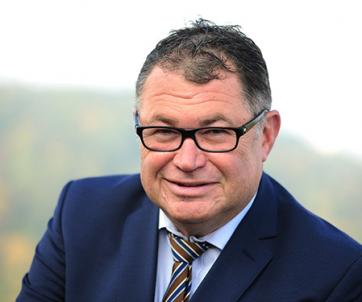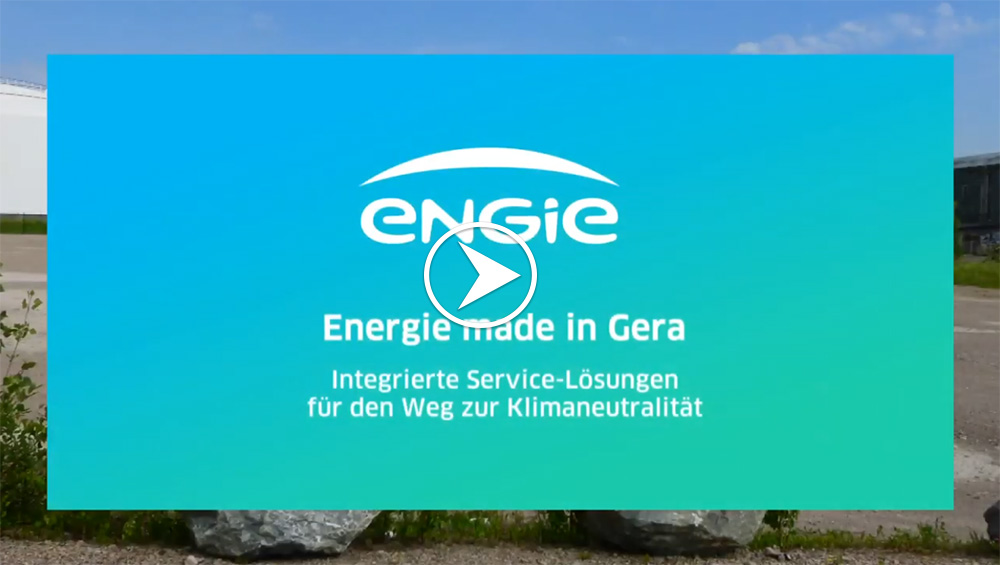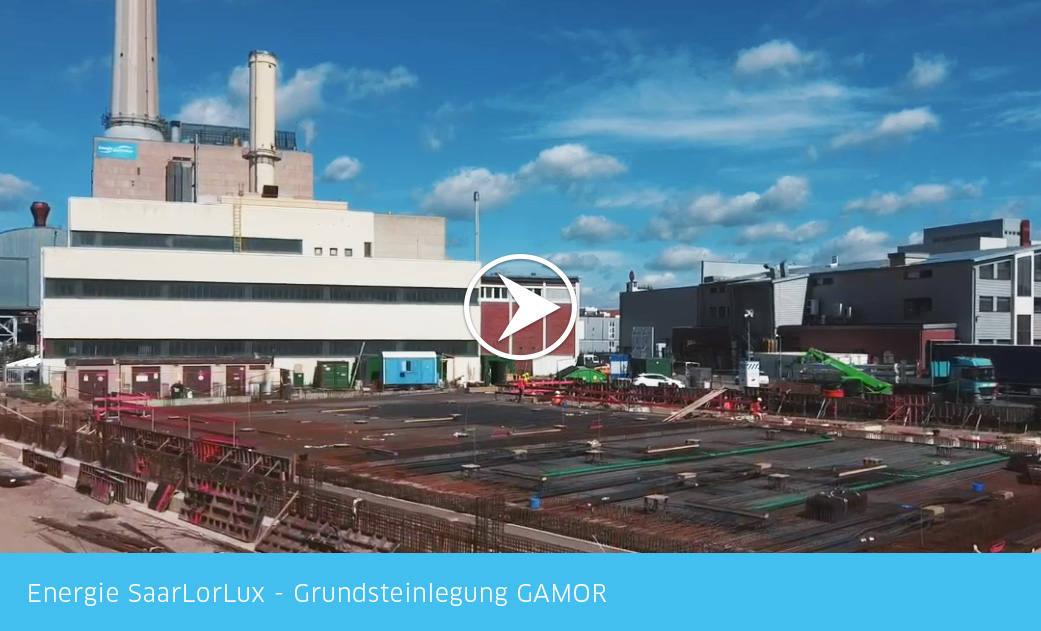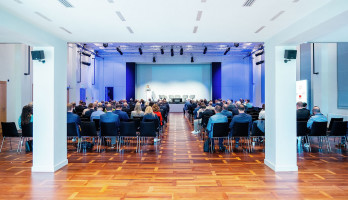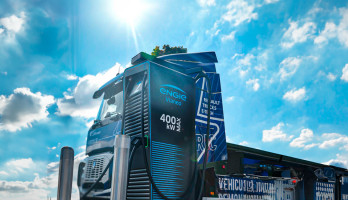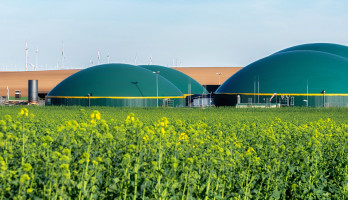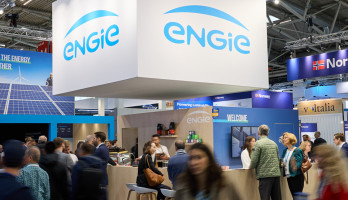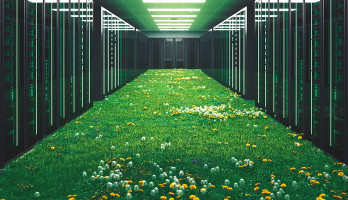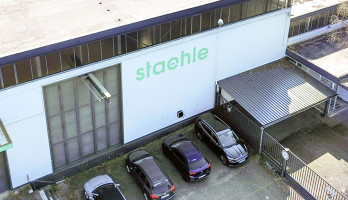
District heating: Redesigning the heat supply as a key factor for climate protection
By 2030, CO2 emissions in Germany are expected to fall by at least 55 percent compared to 1990 levels. This is what the new climate protection law of the Federal Government provides for. In order to achieve the ambitious climate targets, the focus is on energy generation and supply. A major factor in this context is the gradual replacement of the fossil fuel coal, which has had a decisive influence on the domestic energy mix to this day: according to the Federal Environment Agency, with a share of around 18 percent of primary energy consumption in 2019.
Although district heating from combined heat and power (CHP) or renewable energies is considered to be particularly efficient, cost-effective and environmentally friendly, the redesign of district heating can make a major contribution to reducing greenhouse gases. Particularly when decarbonizing heat generation and modernizing older existing networks, district heating offers many starting points for innovative and sustainable projects.
Focus on decarbonization of district heating generation
At present, the district heating supply covers around 10 percent of the building heat demand in Germany. According to data from the Federal Statistical Office, the operators of district heating networks provide more than 160 terawatt hours (TWh) of heat annually. Starting from a CO2 footprint of 280 grammes per kilowatt hour produced (leaflet on the CO2 factors of the Federal Office for Economic Affairs and Export Control), this results in an annual carbon dioxide output of around 45 million tons throughout Germany.
It is true that a considerable proportion of district heating is already generated in cogeneration plants. However, many power plants still use coal and lignite, which are considered to be the two most climate-damaging energy sources.
District heat production in Germany by fuel in 2019:
- Hard coal: 18.4%
- brown coal: 6.0%
- Natural gas: 42.1%
- Mineral oil: 1.0%
- non-renewable waste and a. 12.3%
- Renewable energy: 20.2%
Medium-term strategies for the transformation of the district heating supply, such as the climate paths of the Federal Association of Industry, therefore initially aim at a stronger switch from coal to more climate-friendly gas and in the further development a massive expansion of the use of renewable energies for district heating production.
Modernization and conversion of district heating networks required
Another major challenge for CO2 reduction in the district heating sector is posed by obsolete existing networks. Whereas the more than 40-year-old heating networks of the first and second generation still used hot water and steam with temperatures of 130 to 200 degrees Celsius, modern low-temperature and low-ex networks, for example, manage with significantly lower temperatures of less than 100 and 60 degrees Celsius. However, this lowering of the mains temperatures is what makes the economic integration of low-CO2 technologies possible in the first place. In addition, the district heating market consists predominantly of large grids in which the grid temperature cannot simply be lowered across the board. In addition to modernizing the networks, restructuring is also necessary in many places, with more efficient temperature management from generation to end customers.
With two groundbreaking projects, ENGIE Deutschland is driving the sustainable change in the district heating sector and is currently repositioning its district heating supply and production together with its local partners in Gera and Saarbrücken:
New heating power plants and grid structure: Sustainable district heating for Gera
As part of a joint project, ENGIE and the Energieversorgung Gera (EGG) completely redesigned the district heating supply in Gera between 2017 and 2019. As a replacement for the over 20-year-old heating power plant Gera-Nord and the heating plant South of EGG, ENGIE Deutschland built two modern heating power plants in Gera-Lusan and Gera-Tinz for 46 million euros. The two plants with a total of nine gas-operated CHP units and six gas boiler systems have an installed total generator output of 145 megawatts thermal and 40.5 megawatts electrical output and supply district heating for 19,000 and electricity for around 55,000 households in the urban area.
In parallel to the construction of the new power plants, the Gera energy supply invested an additional eight million euros in the renovation of the district heating network structure. In the course of the modernization, EGG separated its supply network into two separate subnetworks and converted the primary network from a partial high-pressure steam utilization completely to hot water. One of the positive effects: The new grid structure has enabled the losses in the district heating system to be halved, which corresponds to an annual saving of 35 gigawatt hours.
"With the conversion of the district heating supply from central to decentralized generation units, we have advanced the energy transition in Gera," explains Manfred Schmitz, CEO of ENGIE Deutschland. "By replacing the old power plants, we generate the heat where it is needed and increase efficiency. With the conversion of district heating including the grid, we save about 50,000 tons of CO2 per year. This is equivalent to the amount of CO2 that 4 million beech trees store annually," says Schmitz.
Carbon-free district heating for Saarbrücken
With the construction of the new gas engine power plant Römerbrücke (GAMOR), Saarbrücken Energie SaarLorLux, a joint venture of ENGIE Deutschland (51 percent) and Stadtwerke Saarbrücken (49 percent), is investing heavily in the domestic energy location. In the context of the largest new investment in the company's history, with a volume of around 80 million euros, the energy supplier is pursuing the goal of achieving the final phase-out of coal in Saarbrücken. With the completion of the project in 2022, the last part of the coal-fired power plant in the neighboring Römerbrücke combined heat and power plant will be decommissioned.
GAMOR will contribute to the energy supply in the Saarland capital from 2022 with five powerful gas engines; With their total thermal and electrical output of over 50 megawatts, they can supply around 65,000 households with electricity and 13,000 households with district heating. An additional heat accumulator that is currently being planned ensures that the system can be operated with high efficiency even outside peak load times. Good for the environment! With the new gas engine plant, the energy SaarLorLux saves around 60,000 tons of CO2 annually in Saarbrücken. In addition, the company is working together with Stadtwerke Saarbrücken to optimize the district heating network and reduce the temperature level.
Transforming district heating: Utilize local potential
"The greatest potential for the implementation of the energy transition lies is local – if existing structures are questioned and adapted to new circumstances," says Manfred Schmitz. There is still a considerable need for adaptation in many municipalities, particularly with regard to the replacement of coal as an energy source and the modernization and restructuring of district heating networks. In order to be able to achieve the long-term climate targets, district heating also has a considerable part to play. The more operators actively move forward here, the better!
Our Expert
